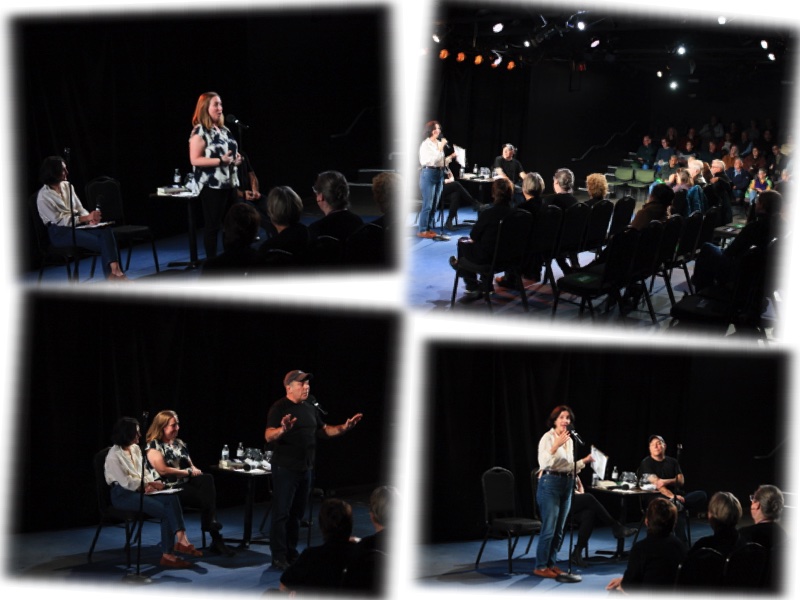I know far too much about the original 1970’s version of The Land of the Lost. even though I haven’t watched the show since I was a kid.

While visiting a children’s museum this weekend, I explained to a fellow Dad that the imitation crystal cave in which my daughter was playing was reminiscent of the pylons in The Land of the Lost.
“Pylons?”
“Yes,” I said. “Pylons. Remember? The position and color of the crystals controlled everything from the weather to the length of the day.”
He clearly didn’t remember. Like most people, the extent of his Land of the Lost knowledge included a few dinosaurs, a big earthquake and little more.
He could not immediately recall the Pakuni, the small, ape-like humanoids who befriended the Marshalls upon their arrival, or the Sleestak, the race of large-eyed reptilians who inhabited The Lost City and hunted Altrusian moths.
I’m willing to bet that he couldn’t have named any of the dinosaurs that inhabited the pocket universe (Grumpy, Spike, Dopey, Alice and Torchy).
I’m also quite certain that I was the only person in that museum, and perhaps for many, many miles, who could sing the show’s theme song with perfect accuracy.
And I have yet to meet anyone who knows that the character of Will Marshall was played by actor Wesley Eure, but that in the show’s opening sequence, Wesley Eure was simply listed as Wesley, a fact which I found both baffling and mysterious as a child, and still do.
My knowledge, for reasons that I fail to understand, is vast when it comes to The Land of the Lost.
Sadly, this expertise has proven to be relatively meaningless in my life thus far.
Thus far.
Two interesting tidbits I did not know about The Land of the Lost but just discovered after skimming the Wikipedia article to confirm the spelling of Wesley’s last name:
To support the show’s internal mythology, renown linguist Victoria Fromkin was commissioned to create a special language for the Pakuni, which she based on the sounds of West African speech and attempted to build into the show in a gradual way that would allow viewers to learn the language over the course of many episodes.
The Sleestak were supposed to number about 7,000, but there were only three Sleestak costumes available for the show’s production, which sometimes required creative editing to create the illusion that they were that numerous.
It seems to me as if the allocation of resources for this show were slightly mismanaged.
For the record, my expertise on The Land of the Lost ends with the original series. I never saw Nickelodeon’s remake of the show, and I watched about twelve minutes of the film adaptation before turning it off in disgust.
Curse you, Will Ferrell, for trying to turn a show I adored as a child into a weak attempt at campy humor and an endless sting of sight gags.
The Land of the Lost deserved better.









